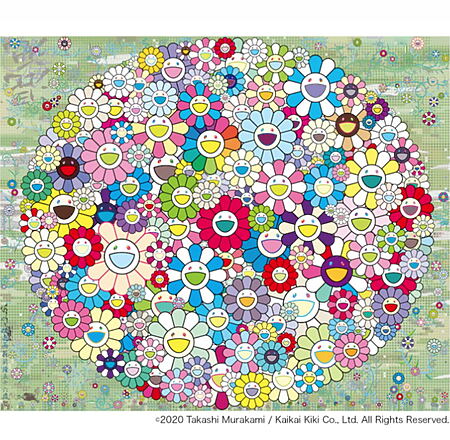With the increasing use of advanced AI systems for creating pictures and other works of art, the question has been asking who can claim copyright for these creations. The debates about it are characterized by the fears of existence of the creative and the calls for freedom when accessing protected works in favor of progress.
Court decisions in the United States are now gradually bringing more clarity into this matter.
AI art and copyright
As already discussed in our article AI art and claims for damages compared to CI image generations , the right to your own image applies, which is regulated Kunstschermebergesetz Legally, since the recent evolutionary levels of the AI models and their "creative" possibilities, the question has arisen who is the author of AI-generated art : Is it the software, your programmers or the developers who have provided you with data and an order?
And what about the authors of the pieces of music, drawings or novels used as data material?
Pioneering judgment from the USA
A judgment of a US judge leaves the Hollywood studios in need: artificial intelligence works of art are not protected by copyright . The federal judge confirmed the decision of the US Copyright Office on Friday that works of art created by AI are not under protection - according to the Hollywood reporter last week.
More than 100 days after the start of the author's strike , the fears are increasing that Studios could possibly generative artificial intelligence to completely write scripts. However, the law on the protection of intellectual property has long stated that copyrights are only granted for works that have been created by humans, and it does not look as if it would change in the foreseeable future.
The judgment confirmed the decision of the lower court, which the lawsuit had rejected. The case was about the obligation of the responsible authorities to register a work as legally protected. The court thus confirmed the rejection of the lawsuit.
Stephen Thaler , head of the AI developer imagination Engine, claimed a lawsuit because his AI system had created "A Recent Entrance to Paradise"

However, his application for registration was rejected by the US consultant law. They justified this by the fact that the protection of creative expression was closely associated with the connection between human spirit and art.
Thaler replied that the process that is discussed very often occurs in the media world. In the United States, property rights to people who have created order work are registered. From Thaler's perspective, it does not matter whether the work would be done by a ghostpainter or a AI.
Human creativity remains an essential prerequisite
The responsible judges referred to the exact wording of the US copyright law . It is flexible enough to adapt to new progress, but the heart of the protection remains human creativity . Even if modern technologies are used, a human act must produce the work.
If a self -learning algorithm creates an image or another work without human intervention, this is not the case.
Further judgments are based on decision
Other judgments of this kind showed a similar legal opinion.
In one of the leading cases on the subject of copyrights, Burrow-Giles Lithographic Company v. Sarony, a variety of dishes come to the same conclusion.
The Supreme Court decides that protection can be expanded to photographs as long as they represent the author's original intellectual ideas.
The judges emphasize that such authors are exclusively humans and should be considered a class of people. Copyright is described as the right of an individual to express his own genius or his own intellect.
In another case, another Federal Appeal Court has decided that a photo taken by a monkey cannot have copyright. The reason for this was that animals do not enjoy protection. Nevertheless, the lawsuit was decided for other reasons.
Howell quoted the above judgment in her decision. In the decision that issued a summary judgment in favor of the copyrighted office, it was found that the plaintiff has no right to the copyright in a work that does not come from a person.
The responsible judge emphasized that copyright and patents are regarded as a kind of property that should be protected by the government. The recognition of exclusive rights to this property is intended to encourage individuals to participate in creation and thus promote the common good.
The promotion of human creation and how one can best inspire people to participate in promoting science and arts has always been of central importance for American copyright.
The judge emphasized that copyright is not intended to achieve non-human actors.

Owner and managing director of Kunstplaza. Publicist, editor and passionate blogger in the field of art, design and creativity since 2011. Successful conclusion in web design as part of a university degree (2008). Further development of creativity techniques through courses in free drawing, expression painting and theatre/acting. Profound knowledge of the art market through many years of journalistic research and numerous collaborations with actors/institutions from art and culture.


















